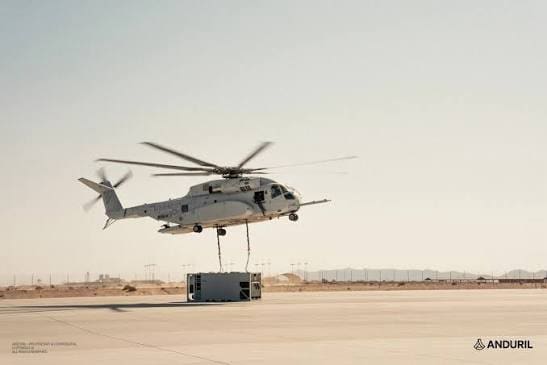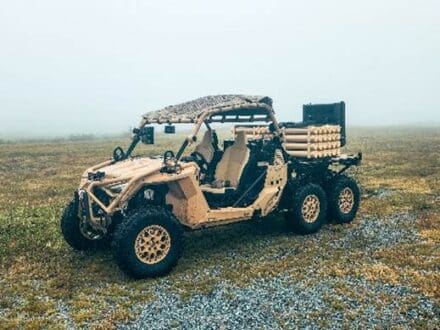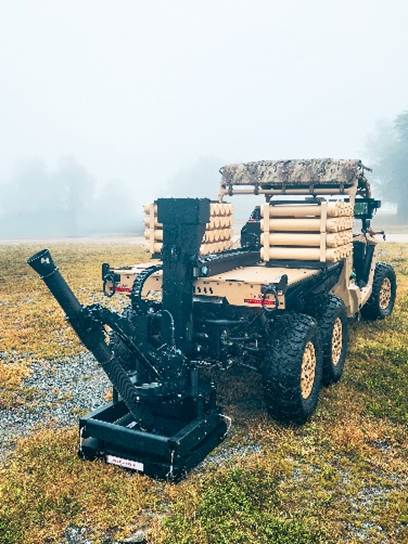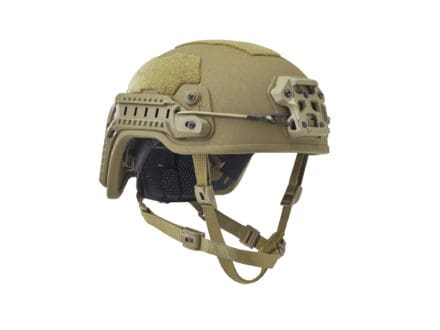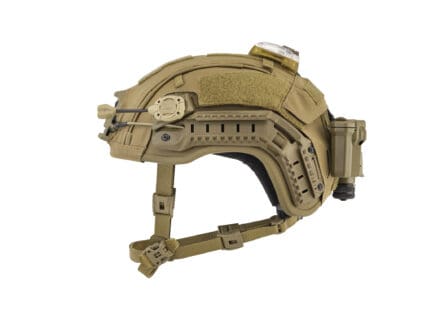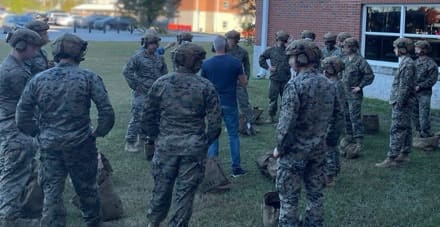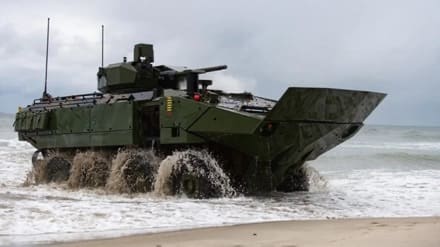“Attention in the COC!”
The gentle ripple of hushed conversation and rustling papers in the expeditionary command operation center completely subsided in response to the watch chief’s baritone voice. Heads snapped from computer monitors to the sound of his voice, and pens scrawled shorthand notes, recording his description of enemy signal interference.
After receiving the report, corporals and sergeants of the 9th Communication Battalion’s newly established intelligence department swiftly analyzed it and initiated an assessment that would be routed to the operations officer. The report indicated interference from an adversary’s nearby electronic warfare training exercise. The Marines sprang into action and applied pre-coordinated frequency protocols, maintaining the integrity of their communications and preventing their location from being revealed, thus preserving the mission.
This fictional scenario highlights a different kind of challenge Marines face today: not one of firepower or physical maneuver, but of connectivity and communication in a contested information environment, which is increasingly characterized by jamming, malware, and cyberattacks. These attacks, which have become a growing concern of military planners throughout the world, threaten communications and can lead to the isolation of forward elements. Marine tacticians say the potentially high tempo and wide range of simultaneous attacks in the information environment require decentralization of information operations.
As part of this transition to decentralization, the battalion, based at Marine Corps Base Camp Pendleton, California, stood up an intelligence staff section in July 2025. The creation of the intelligence section makes the battalion more tactically responsive to threats in the information environment. The intelligence section now proactively monitors the electromagnetic spectrum for potential interference, analyzes adversary abilities related to electronic warfare and cyberattacks, develops threat assessments tailored to communication assets, and provides real-time intelligence updates to commanders and subordinate units. This is a significant shift from the past, when Marine Corps communication battalions relied upon Marine Corps Forces Cyberspace Command (MARFORCYBER) to fulfill these functions.
“Historically it was very reactive,” stated Capt. Brock Turner, the company commander of 9th Communication Battalion. “A malicious actor would attempt to gain access to our networks, and we would then receive feedback from MARFORCYBER. Now we are putting in measures to ensure that we strengthen posture based upon examination of adversarial tactics, techniques, and procedures.”
2nd Lieutenant Aaron Hern, an intelligence officer with 9th Communication Battalion, I Marine Expeditionary Force Information Group, explained the reason for the change.
“Our integration into the battalion is crucial in supporting the Battalion Commander’s decision-making in support of all domain operations, with impacts on communication units of action,” he said. “My signal intelligence capabilities of signature management and electronic warfare aid the planning process and employment of communications capabilities.”
The decentralization of information warfare follows a precedent set by U.S. Marine Corps Gen. Charles C. Krulak, the 31st commandant of the Marine Corps, who emphasized the importance of small unit leadership through his conceptualization of the “Strategic Corporal,” a noncommissioned officer whose tactical decisions on a three-block battlefield could have strategic, international consequences. Krulak understood and embraced the possibility of junior leaders being isolated in geographically dispersed locations and having to make important, time-sensitive decisions on the spot. His philosophy placed confidence in junior leaders to do so and emphasized tough training to prepare them for the task.
Krulak articulated his vision in “The Strategic Corporal: Leadership in the Three-Block War”, which appeared in the January 1999 edition of Marines Magazine. Although his article, which was written while the internet was still emerging, focuses on war on land and in the air rather than in the information environment, the information warriors of 9th Communication Battalion say it’s just as applicable to information operations today.
“We are directly supporting leadership decision making cycles by providing intelligence reporting,” said Sgt. Gabriel Tuazon, an intelligence specialist with 9th Communication Battalion.
During a training exercise at Camp Pendleton in August 2025, 9th Communication Battalion incorporated its new intelligence capability into the task of establishing and maintaining communications while dealing with a variety of notional threats to their networks. The training exercise provided a realistic environment for Marines to hone the skills necessary to identify threats and develop innovative solutions to overcome adversary actions.
Cpl. Tobias Laskowski, a transmission system operator with 9th Communication Battalion, provided a general description of the battalion’s activity during the exercise. He explained that this exercise provided an opportunity for the Marines to train on less familiar radio waveforms, which allows for communication to continue in the event of enemy disruption to primary channels.
“When the enemy uses their electronic warfare assets to jam us and disrupt our communication, we can keep communicating with whatever echelon we need to talk to,” Laskowski said.
Tuazon said the battalion 9th Communication Battalion is adapting to the new challenges of a rapidly changing battlespace by embracing a decentralized approach and empowering Marines to operate as strategic corporals. He envisions broad application of the information warfare tactics now being employed at the battalion.
“I definitely see this integration model being a standard across the Marine Corps as other communication battalion S-2s (intelligence sections) can support their operations,” said Tuazon.
Story by Sgt Sean Potter
I MEF Information Group


